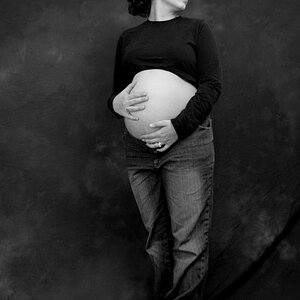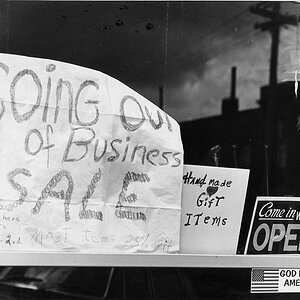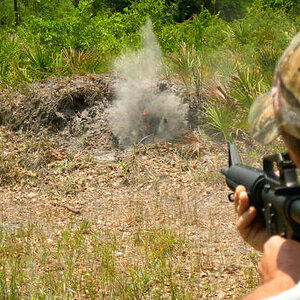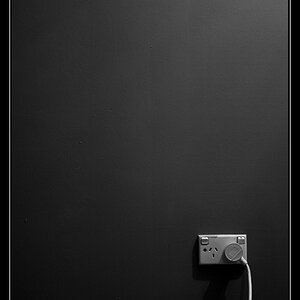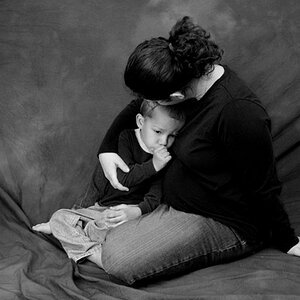Carter Stevenson
TPF Noob!
- Joined
- Feb 23, 2021
- Messages
- 2
- Reaction score
- 2
- Can others edit my Photos
- Photos NOT OK to edit
So, I get that larger f numbers like f/22 actually mean that it's a smaller opening and that smaller f number like f/2 is a big opening. I learned that thanks to a really helpful beginner video I just watched - this video. But my question is this...WHY is the size of the aperture backwards from the numbers. Shouldn't f/22 be a big aperture since it's a big number and f/2 should be a small aperture since it's a small number???


 I'll just set the aperture to f:4 in each situation, which is 1/4 the focal length.
I'll just set the aperture to f:4 in each situation, which is 1/4 the focal length.